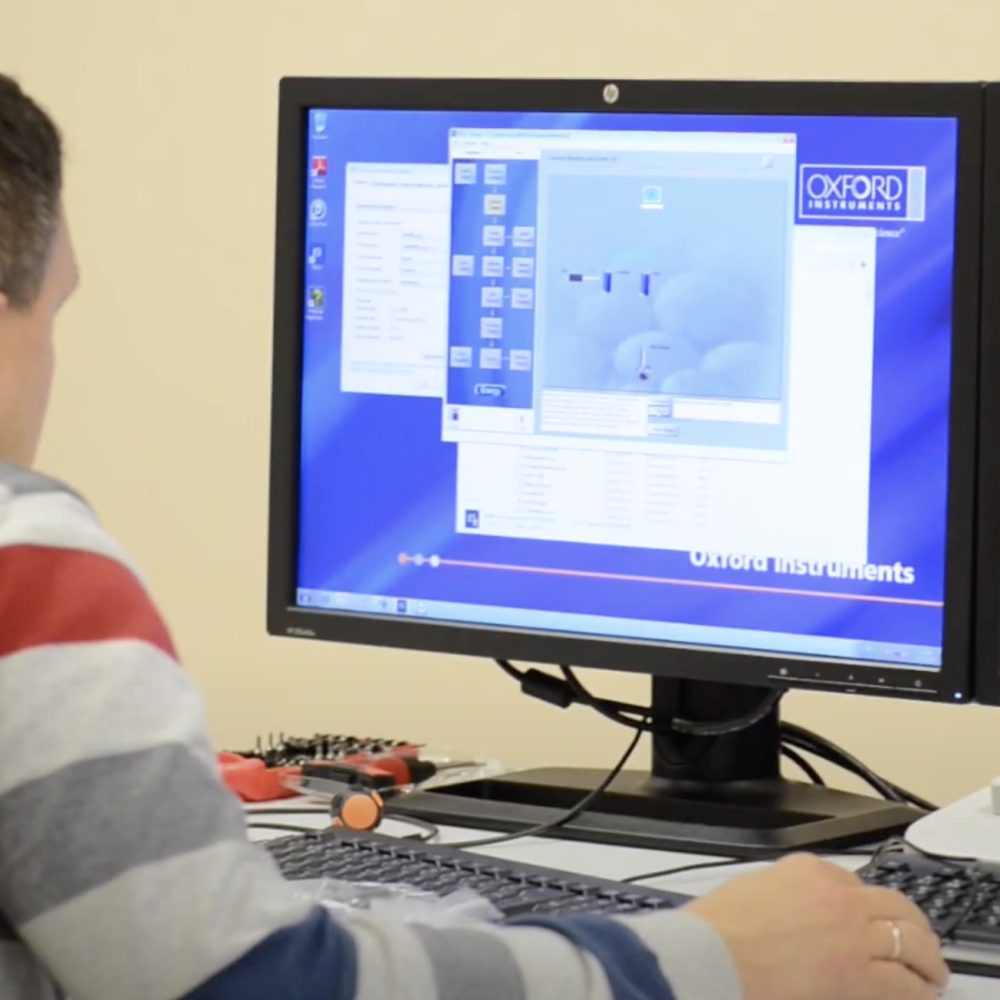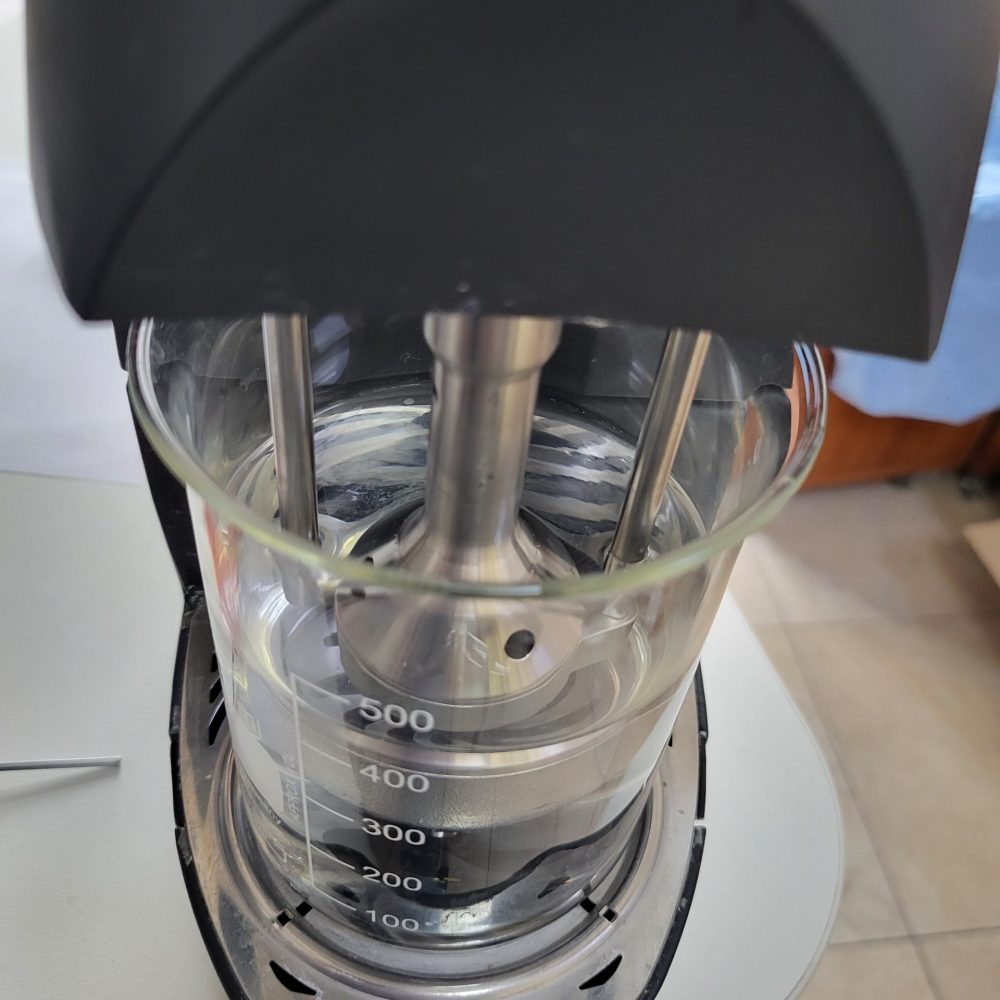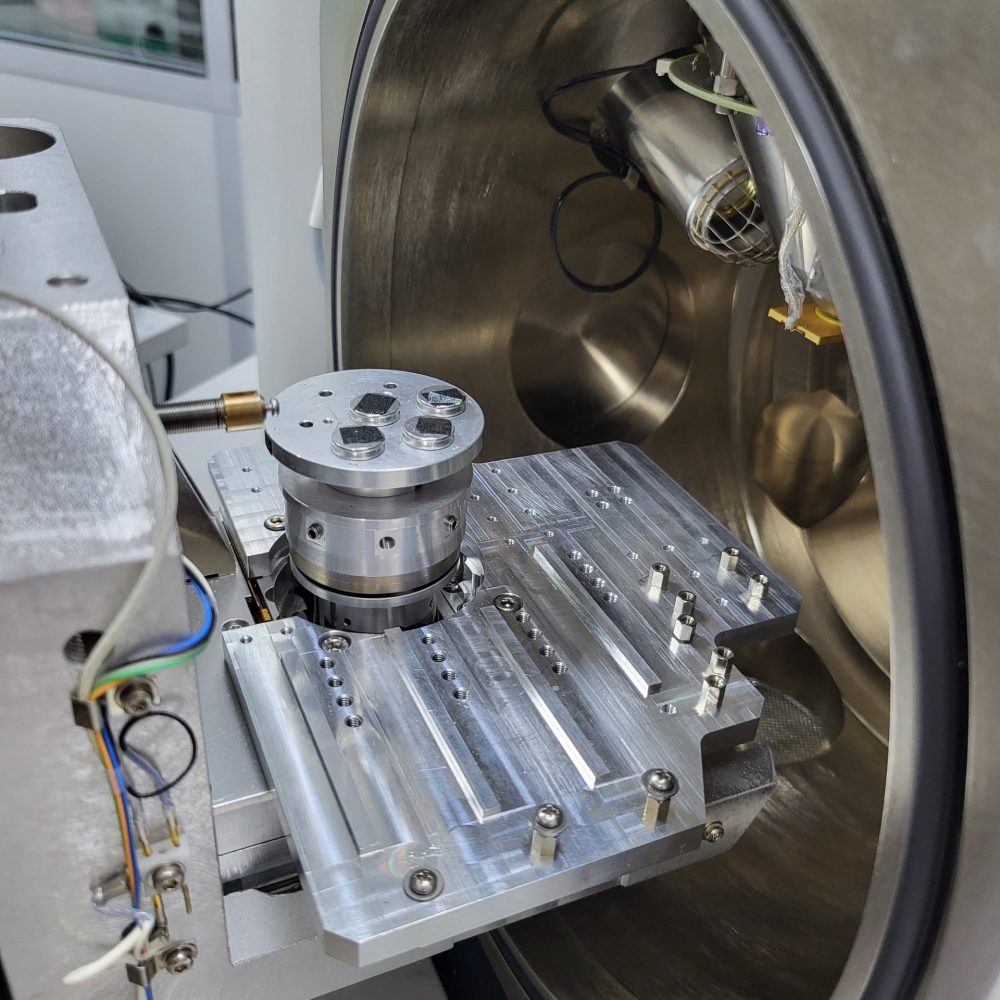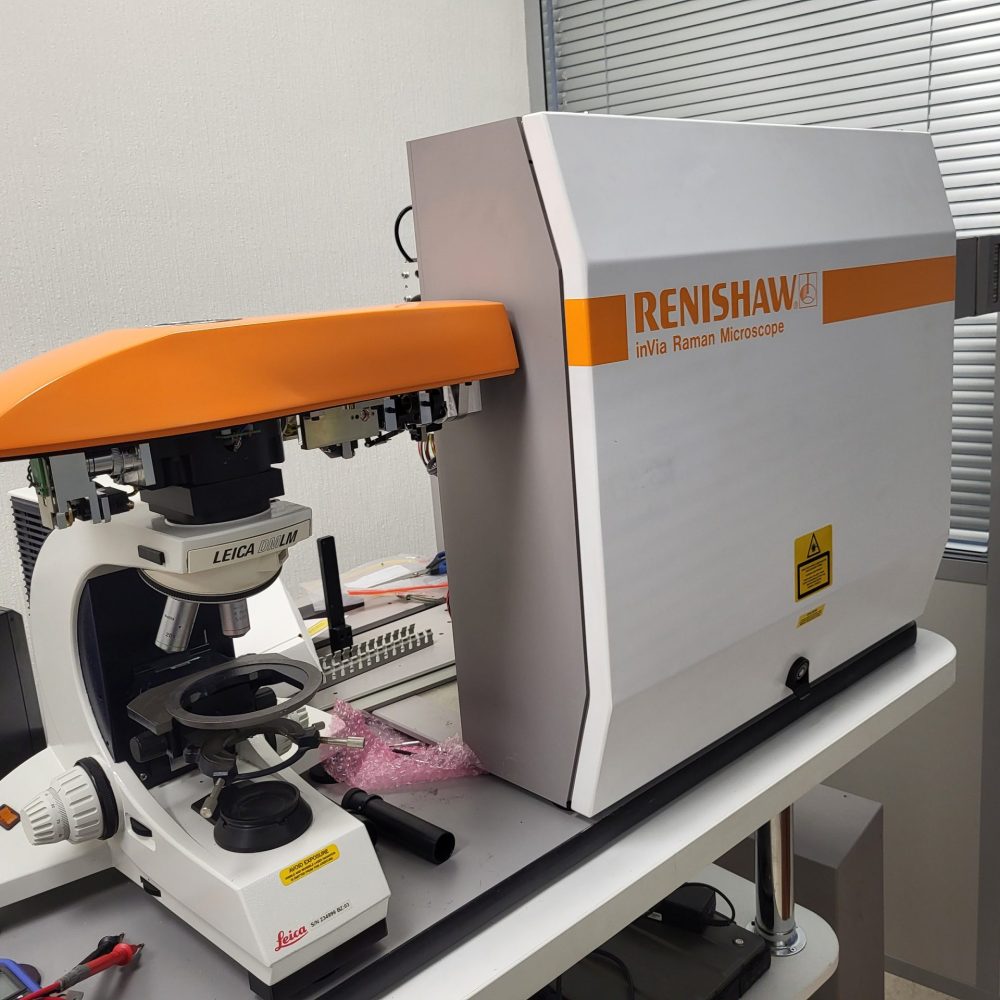
Our company works with many analytical techniques and objects of analysis. However, we are most interested in research systems such as emulsions, suspensions and nanoparticles. Emulsions, suspensions, and nanoparticles present unique challenges for analytical methods development and validation due to their complex compositions and morphologies. Our specialists utilized various spectroscopy techniques commonly used for their analysis:
Method development and validation for colloidal systems are critical steps to ensure that analytical methods are suitable, reliable, and reproducible for their intended purposes. This process is essential for quality control, regulatory compliance, and the overall understanding of colloidal systems in various industries such as pharmaceuticals, cosmetics, food and beverages, and materials science.
Method Development: Define the Purpose, Select the Analytical Technique, Optimize Method Parameters and Preliminary Testing.
Method Validation: Accuracy, Precision, Specificity, Limit of Detection (LOD) and Limit of Quantitation (LOQ), Linearity and Range, Robustness.
Documentation and Reporting: Document the Development and Validation Process, Prepare Standard Operating Procedures (SOPs).
Dynamic Light Scattering (DLS):
- DLS measures the fluctuations in light scattering intensity caused by Brownian motion of particles in suspension.
- Used for determining particle size distribution and stability of emulsions, suspensions, and nanoparticles.
- Method development includes optimization of measurement conditions such as the effect of concentration, scattering angle or which sample cell is appropriate.
- Validation involves assessing precision, repeatability, and accuracy of particle size measurements.
Static Light Scattering (SLS):
- SLS measures the intensity of scattered light at a fixed angle to determine the absolute molecular weight and size of particles.
- Used for characterization of macromolecules, polymers, and nanoparticles in solution.
- Method development includes calibration with standards of known molecular weight, optimizing measurement conditions.
- Validation involves assessing linearity, accuracy, and precision.


Electron Microscopy (EM):
- EM techniques such as transmission electron microscopy (TEM) and scanning electron microscopy (SEM) provide high-resolution imaging of nanoparticles, emulsions, and suspensions.
- Used for morphological characterization, size determination, and distribution analysis.
- Method development involves sample preparation optimization, imaging parameters optimization.
- Validation includes assessing resolution, reproducibility, and imaging artifacts.
Fourier Transform Infrared (FTIR) Spectroscopy:
- FTIR spectroscopy measures the absorption and transmission of infrared light by molecules.
- Used for chemical analysis, structural characterization, and monitoring of composition changes in emulsions, suspensions, and nanoparticles.
- Method development includes optimization of sample preparation methods and spectral acquisition parameters.
- Validation involves assessing accuracy, precision, and specificity of spectral assignments.
Raman Spectroscopy:
- Raman spectroscopy measures the inelastic scattering of photons by molecules, providing structural and chemical information.
- Useful for identifying molecular species, detecting impurities, and studying surface properties of nanoparticles, emulsions, and suspensions.
- Method development involves optimization of laser excitation wavelength and spectral acquisition parameters.
- Validation includes assessing sensitivity, selectivity, and reproducibility.

These techniques offer valuable insights into the composition, structure, and properties of emulsions, suspensions, and nanoparticles, facilitating the development and validation of analytical methods tailored to their specific characteristics
Please feel free to contact us
Please feel free to contact us for further information on samples, analyses and applicable rates.

Spelling error report
The following text will be sent to our editors: